Why EQ Is the Secret to Better Vocal Mixes
If your vocals sound muddy, harsh, or buried in the mix, it’s probably not your microphone or your voice—it’s your EQ. Equalization, or EQ, is one of the most powerful tools in your vocal mixing chain. It allows you to shape your vocal tone, remove unwanted frequencies, and help your voice sit perfectly in the track.
Even small EQ moves can make a huge difference. Whether you’re recording in Logic Pro, FL Studio, BandLab, or any other DAW, these easy vocal EQ tips will instantly improve the sound of your recordings and give your vocals a polished, professional feel—without needing advanced engineering skills.
Tip 1: Use a High-Pass Filter to Cut Out the Rumble
The first and easiest step is applying a high-pass filter (also called a low-cut filter). Most microphones and vocal recordings capture unnecessary low-end frequencies—things like breath noise, room rumble, or mic handling noise.
Start by rolling off everything below 80Hz to 100Hz. If you have a deeper voice or you’re working with male vocals, go closer to 80Hz. For higher-pitched vocals, you can safely go up to 120Hz. This simple move instantly cleans up your vocal without changing the tone.
Tip 2: Tame Muddy Frequencies Around 200Hz–400Hz
If your vocals sound boxy, muffled, or unclear, chances are there’s too much energy in the 200Hz–400Hz range. These frequencies build up quickly, especially when stacking harmonies or background vocals.
Gently pull down these frequencies using a narrow EQ band. A cut of 2–3 dB is usually enough. Listen to the difference—your vocals will sound tighter and more focused almost immediately.
This is especially useful for home studio recordings where untreated rooms often create muddy buildups.
Tip 3: Add Presence in the 2kHz–5kHz Range
If your vocals aren’t cutting through the mix, try boosting in the presence range, typically between 2kHz and 5kHz. This frequency range adds clarity and articulation—it helps your words be heard clearly over the beat or instruments.
Use a gentle, wide Q and boost 1–3 dB. Be careful not to overdo it, especially if your track already has bright elements like hi-hats or synths. Too much in this range can lead to harshness.
Listen to how your vocal starts to sit more “on top” of the mix. That’s the sweet spot you’re looking for.
Tip 4: Soften Harshness Around 6kHz–8kHz
Ever heard a vocal that makes you wince a little? That’s usually due to harsh frequencies between 6kHz and 8kHz, often caused by sibilance (harsh “S” and “T” sounds) or over-EQing.
Use a narrow cut to tame these peaks. If you need more control, try a dynamic EQ or de-esser that only activates when those sibilant sounds occur. This gives you a smoother, cleaner vocal without losing brightness.
Tip 5: Add “Air” With a High Shelf Above 10kHz
Once your vocal is clean and present, you can add a final touch of polish by boosting the very top end. A high shelf EQ boost starting around 10kHz to 15kHz can add a sense of “air,” shimmer, and openness.
This move is subtle but powerful. It makes your vocals feel expensive—especially in sparse, atmospheric mixes. Start with a light 1–2 dB boost and adjust to taste.
This works particularly well for pop, R&B, and hyperpop vocals that need to sound polished but still emotional.
Tip 6: EQ Each Vocal Layer Differently
If you’re stacking doubles, harmonies, or ad-libs, don’t use the same EQ settings on every track. Each layer should have its own place in the mix.
Try cutting a little more low-end from harmonies or rolling off some high-end from background vocals. This helps keep your lead vocal front and center, while still letting your stacked parts add depth and emotion.
Think of EQ as a way to separate voices within your voice—your lead should shine, and your backups should support.
Tip 7: Always EQ in Context
This is one of the most important vocal EQ tips: always EQ your vocals while listening to the full mix. A setting that sounds great in solo might fall apart when the beat drops in.
Check your EQ decisions against the instrumental. Does the vocal cut through? Is it too harsh? Does it blend well with the kick, bass, and snare? Trust your ears in the mix—not just in isolation.
Bonus Tip: Use a Vocal Preset to Speed Things Up
If you're still learning how to mix or just want to save time, using a vocal preset is a game-changer. Cedar Sound Studios offers genre-specific vocal presets for pop, R&B, trap, shoegaze, hyperpop, and more. These presets are designed to work with stock plugins in Logic, FL Studio, and BandLab, so you don’t need expensive third-party tools.
A good preset gives you a fully built EQ curve, compression chain, reverb, and delay—all tuned to match your vocal style. Just load it in, tweak it slightly, and you're ready to record or bounce your track.
Explore our vocal preset collection to find the perfect fit for your sound.
Final Thoughts: Simple EQ Tweaks Make a Big Impact
EQ doesn’t have to be complicated. With just a few smart adjustments—cutting mud, boosting presence, taming harshness, and adding air—you can take your raw vocals from dull to dynamic.
It’s not about fancy plugins. It’s about listening carefully, making small moves, and knowing what each frequency does to your voice. Once you learn how to control your EQ, you’ll be amazed at how much better your recordings sound—every single time.
And if you want to skip the guesswork? Try one of Cedar Sound Studios’ vocal presets and let the EQ magic happen instantly.

